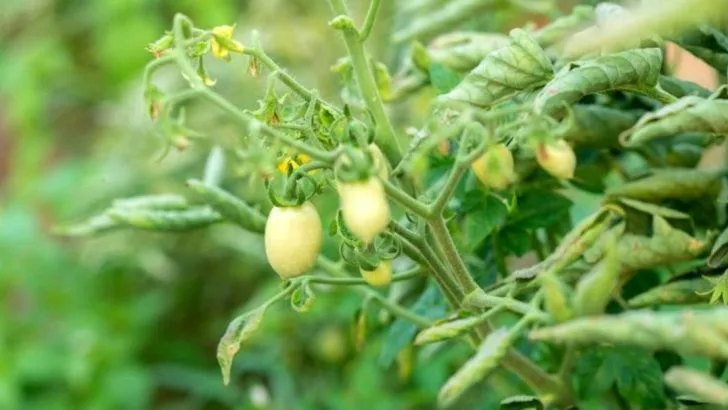Your tomato plants are whispering—and you’re not listening. Those curling leaves aren’t just a quirk. They’re a full-blown red flag. A twisted little SOS from a plant on the brink of drama. Too much sun? Not enough water? A sneaky pest chewing its way through your hard work? It’s like botanical charades, and your tomato’s doing its best impression of “Help me, I’m stressed!” Ignore it, and you risk more than just weird-looking leaves. You’re flirting with smaller harvests, sickly vines, and garden heartbreak. But the good news? Once you learn to read the signs, you can fix it—fast. Grab your gloves and a healthy dose of curiosity. We’re decoding the curls, cracking the causes, and getting your tomatoes back on track.
Environmental Stress
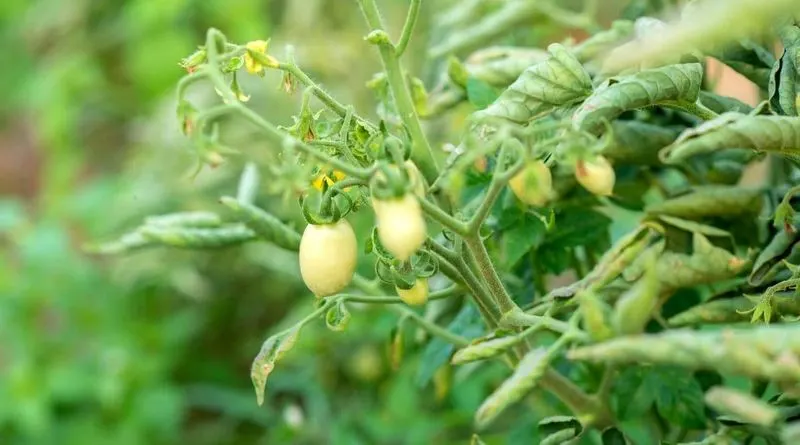
When tomato leaves curl, environmental stress is often a culprit. High temperatures, strong winds, or irregular watering can lead to this problem. Imagine a hot summer day; your plants are thirsty, and their leaves start curling to conserve moisture.
This response is a survival tactic, helping the plant retain water. Yet, it can also be a signal to adjust your care routine. Try watering consistently and providing shade during peak heat.
Such precautions not only protect your tomatoes but also ensure they thrive, producing the luscious fruits you desire.
Pest Infestation
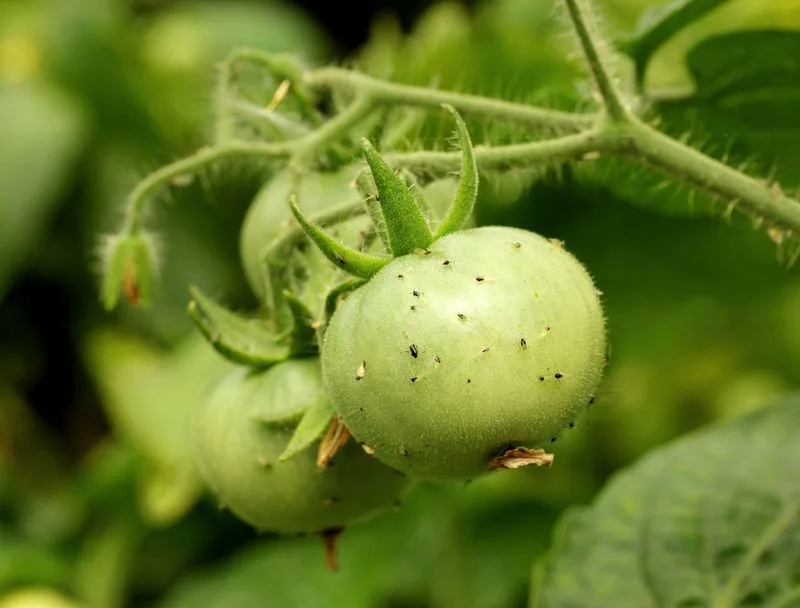
A thriving tomato plant can quickly become the target of pests. Aphids, whiteflies, or spider mites may infest, causing leaves to curl as they feed.
The damage is not just cosmetic; these pests can spread diseases. Regularly check the underside of leaves for these tiny invaders.
Using natural predators like ladybugs or applying insecticidal soap can help control the population.
Keeping your plants healthy ensures a bountiful harvest and minimizes the risk of significant infestations.
Viral Infections
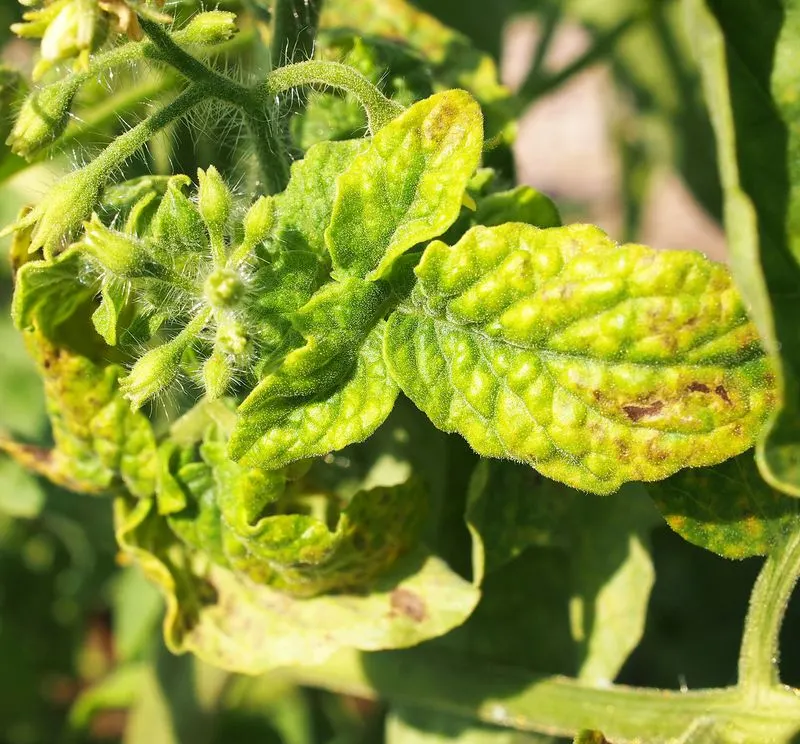
Viral infections can be a formidable challenge for gardeners. Tomato plants affected by viruses might display curled and mottled leaves, signaling deeper issues.
These infections are often spread by insects like aphids, which act as carriers. Preventing the virus involves controlling these vectors.
Unfortunately, infected plants often need to be removed to prevent spread. Vigilance and early detection are key, ensuring your garden stays healthy and productive.
Nutrient Imbalance
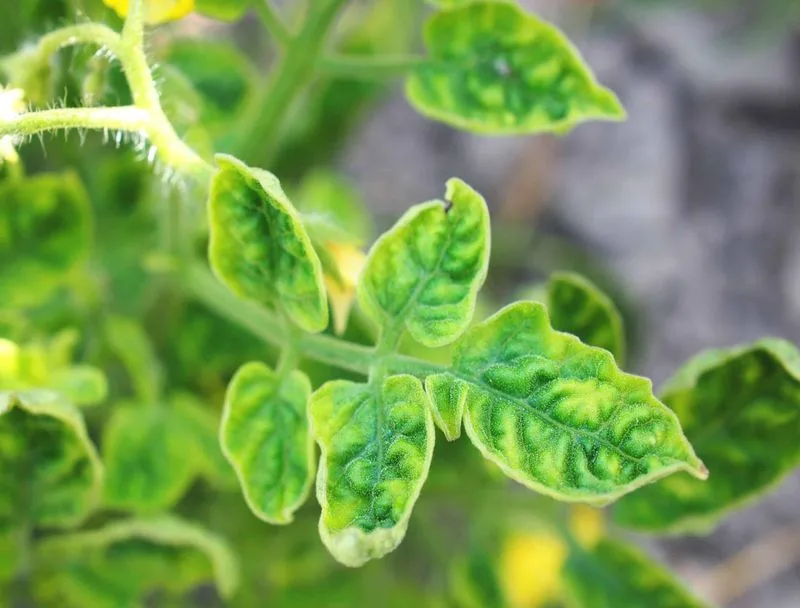
Nutrient imbalance is another reason for curling leaves in tomatoes. Imagine a diet lacking in essential vitamins; your plants feel the same stress.
Deficiencies, particularly of calcium or potassium, can cause leaves to curl and display discoloration. Regular soil testing and appropriate fertilization can prevent this.
Healthy soil leads to robust plants, capable of fending off diseases and yielding better fruit.
Herbicide Damage
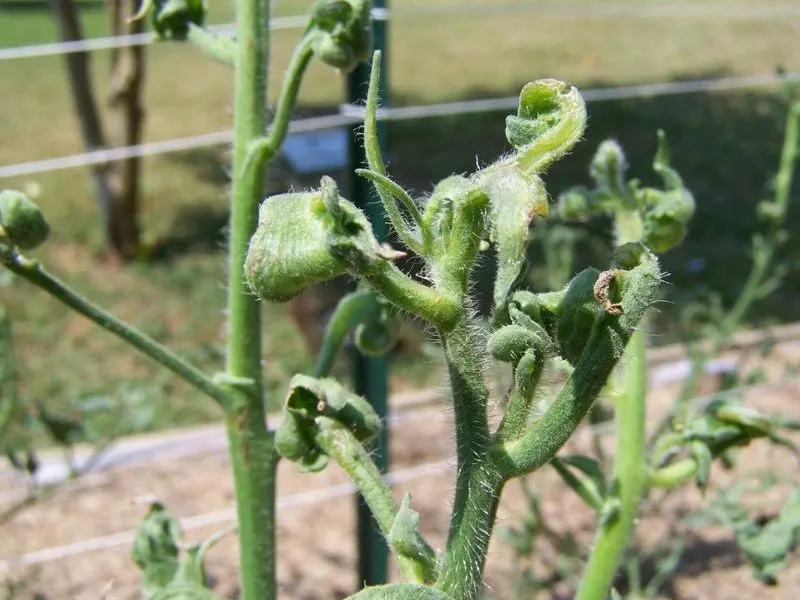
Herbicide drift is an often-overlooked cause of leaf curling. When herbicides used on nearby lawns or gardens drift onto tomato plants, sensitive leaves may curl or distort.
This unintended exposure can lead to stunted growth and reduced yields. It’s crucial to be cautious when applying chemicals near your garden.
Using barriers or opting for less volatile products can protect your plants. Remaining vigilant ensures your tomatoes remain healthy, offering abundant harvests.

